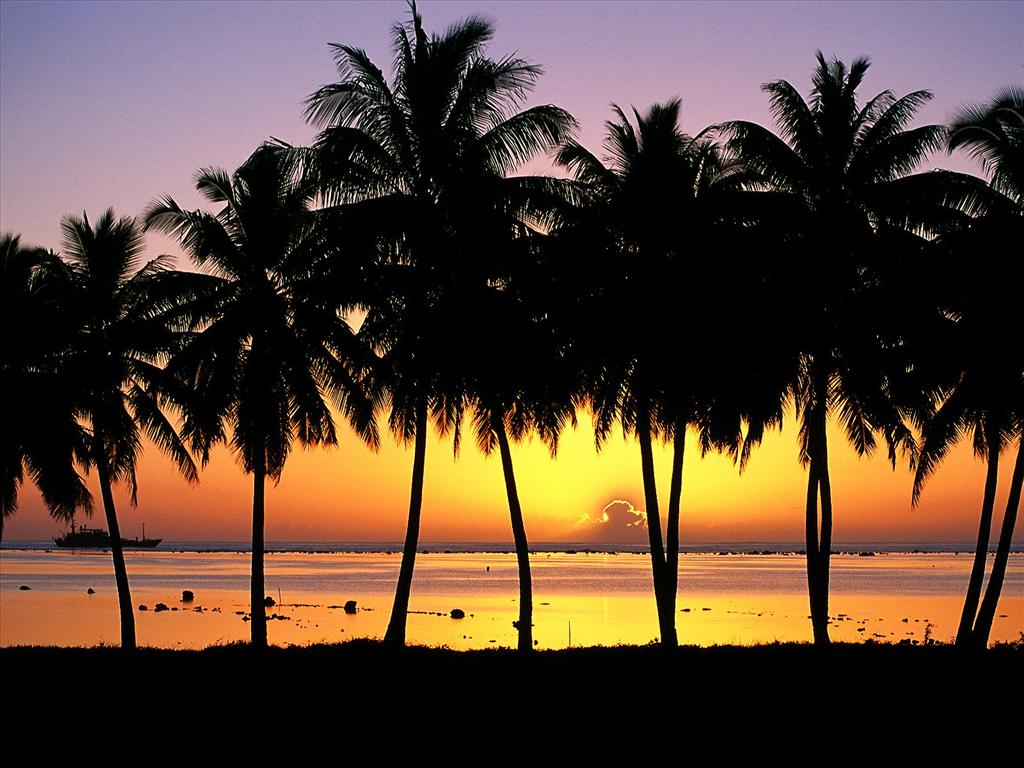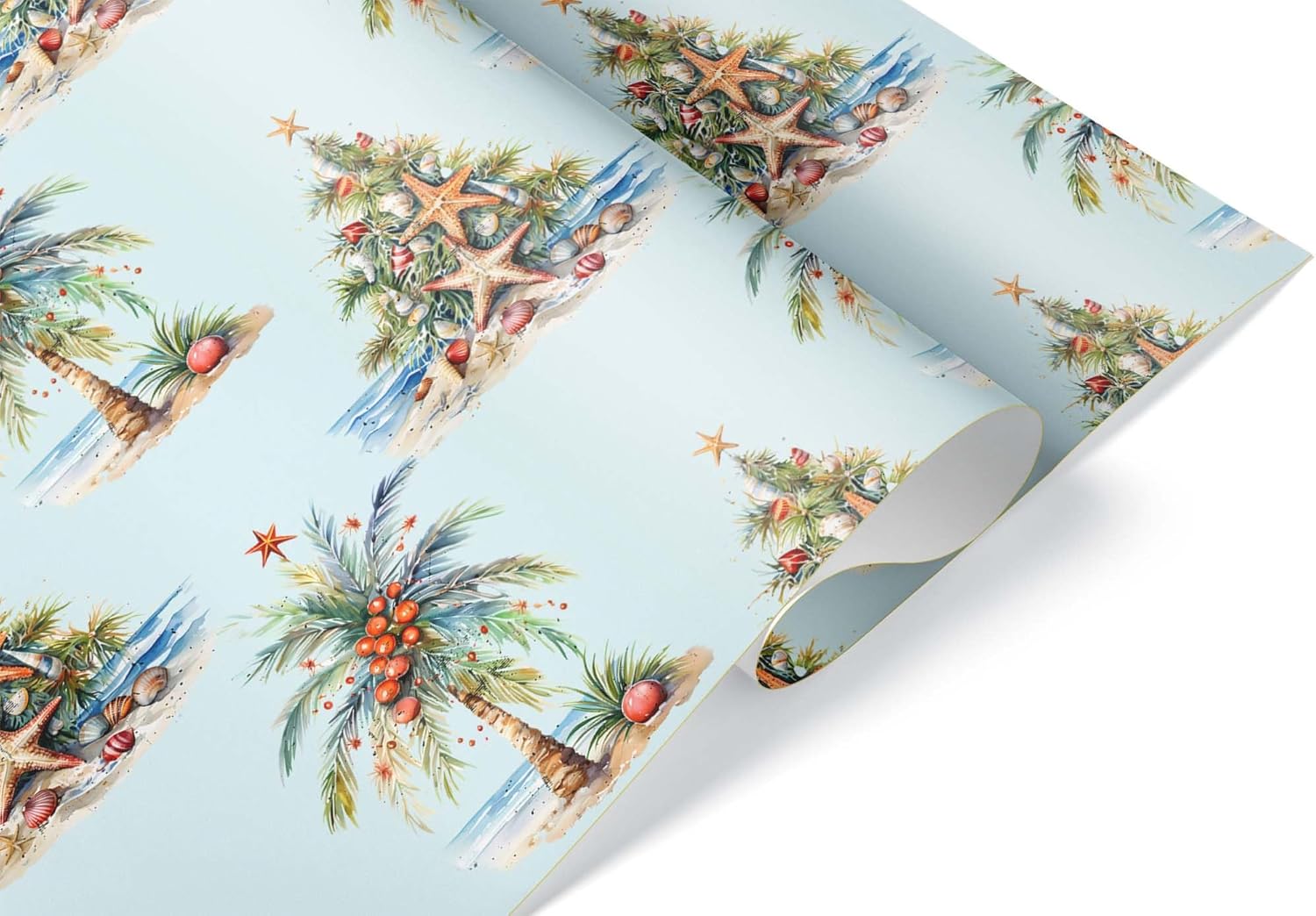California’s advertising landscape has long been intertwined with the imagery of palm trees. These iconic plants symbolize the allure of the Golden State, capturing the essence of its sunny climate, beach culture, and laid-back lifestyle. Over the decades, palm trees have evolved from mere decorative elements in ads to powerful symbols of aspiration, lifestyle, and identity, influencing how both locals and tourists perceive California.
Introduction to Palm Tree Imagery in California

The use of palm tree imagery in California advertising began in the early 20th century, coinciding with the state’s rise as a prime tourist destination. Initially featured in travel brochures and promotional posters, palm trees quickly became synonymous with California’s idyllic beaches and warm climate. Their distinct silhouette evokes a sense of relaxation and leisure, appealing to a sense of escape and adventure. As advertising evolved, so too did the portrayal of palm trees, transitioning from mere embellishments to central themes that encapsulate the lifestyle and ethos of California.
The Historical Significance of Palm Trees in California Culture

Historically, palm trees have held a significant place in California culture. They were brought to California in the late 1800s, often linked to the romanticized notion of the “Californian Dream.” This notion attracted settlers and tourists alike, promising prosperity and enjoyment. Over time, palm trees appeared not only in advertisements but also in films and media, reinforcing their status as symbols of California’s unique identity. The cultural significance of palms extends beyond aesthetics; they represent freedom, growth, and resilience, embodying the spirit of California itself. Their prominent role in marketing reflects the state’s values, aspirations, and connection to nature, influencing generations of Californians and those drawn to the state’s allure.
How Palm Trees Became a Symbol of the California Lifestyle
When you think of California, what comes to mind? Sunshine, beaches, and, of course, palm trees. These iconic trees have become synonymous with the California lifestyle, but how did they come to represent such a vibrant way of living? It’s an interesting journey that intertwines history, culture, and marketing.
Historically, palm trees were not native to California, but their introduction in the 18th century transformed the landscape. They were often planted along streets and in gardens, creating a sense of tropical paradise. In the early 20th century, as California began to attract a wealth of tourists, advertising campaigns capitalized on the allure of these trees. The imagery of palm trees represented freedom, relaxation, and an escape from the mundane—an enticing offer to those seeking a better life.
Furthermore, the rise of Hollywood in the 1920s solidified the palm tree’s association with glamour and celebrity culture. Movies showcased shimmering skies filled with palm fronds, and suddenly, these trees were not just part of the landscape; they were central to the narrative of what it meant to live “the good life” in California. By the mid-century, palm trees were featured prominently in everything from tourism posters to postcards, effectively solidifying their status as a cultural icon.
Today, palm trees are still celebrated in advertising campaigns and social media. They represent a laid-back lifestyle, promising sunshine-filled days and balmy evenings—an emblem of California dreamin’ that continues to draw people in, inviting them to experience the life that so many have come to adore.
Trends in Palm Tree Imagery Throughout the Decades
Palm tree imagery in California advertising has evolved remarkably over the decades, reflecting broader cultural and design trends. Each era brought its unique flair and perspective, shaping how these trees are perceived and represented. Let’s take a look at the progression:
- 1920s – 1940s: The depiction of palm trees in this era was marked by an Art Deco influence. Advertisements highlighted vibrant colors and bold geometric patterns, often featuring palms against bright sunsets. This style encapsulated the excitement of the jazz age and the allure of the glamorous California lifestyle.
- 1950s – 1960s: As consumer culture blossomed, palm trees became part of a more casual and fun aesthetic. Retro designs emerged, with palm trees often featured in playful advertisements for surfboards, beach gear, and car commercials. The imagery celebrated leisure and a youthful spirit, appealing to the post-war generation.
- 1970s – 1980s: The rise of environmental awareness influenced the portrayal of palm trees. Advertising began to emphasize sustainability and the natural beauty of California. Palm trees were often presented alongside messages of conservation, promoting eco-friendly tourism and lifestyle choices.
- 1990s – 2000s: In this digital age, minimalism dominated. Palm trees started appearing in sleek, modern designs, often used as a backdrop in branding for tech companies and lifestyle brands. The imagery became much more about lifestyle aspiration, suggesting that owning a piece of California meant owning a piece of that iconic landscape.
- 2010s – Present: With the rise of social media, palm trees have become a popular subject in lifestyle photography. Instagram influencers and travel bloggers utilize dreamy palm-fringed beaches to attract followers, reinforcing the aspirational image of California. Playful, vibrant edits of palm trees continue to symbolize warmth, relaxation, and a connection to nature.
As California continues to evolve, so will the way palm trees are depicted in advertising. One thing remains clear: these majestic trees are more than just flora; they are enduring symbols of a lifestyle that resonates with countless people around the world.
Influence of Film and Media on Palm Tree Advertising
When it comes to the allure of California, few symbols shine as brightly as the palm tree. The relationship between palm trees and California advertising has been significantly shaped by the silver screen and modern media. From the iconic imagery of the Hollywood sign framed by swaying palms to the picturesque beaches often splashed across magazines, film and media have played a crucial role in cementing palm trees as a staple of California’s identity.
Movies, particularly during the 20th century, heavily emphasized California’s sunny, carefree lifestyle. Think of classics like The Graduate and La La Land, where palm trees serve not just as a backdrop but as a representation of dreams and aspirations. This cinematic portrayal sparked a visual language that advertisements could easily latch onto.
Consider the following:
- Setting the Scene: Advertisers frequently use palm trees to evoke feelings of relaxation, luxury, and a bit of glamour.
- Celebrity Endorsements: With many celebrities choosing California as their home, it’s no surprise that companies often feature them against dramatic palm-dotted landscapes.
- Social Media Trends: Platforms like Instagram have further intensified the use of palm imagery, often curated to showcase an idealized Californian lifestyle.
As a result, palm trees have come to symbolize not only the geographical essence of California but also a lifestyle that countless individuals aspire to. Marketing campaigns today continue to harness this influence, using film and media as powerful tools to navigate consumer perceptions and desires.
The Role of Tourism in Shaping Palm Tree Imagery
Tourism has long been a driving force in establishing and perpetuating the imagery of palm trees in California advertising. As millions flock to the state each year for its sun-soaked beaches, diverse culture, and outdoor adventures, the iconic palm tree has become synonymous with the California experience.
With tourism comes the need for compelling marketing strategies that highlight California’s unique offerings. Here’s how tourism shapes palm tree imagery in advertising:
| Aspect | Impact on Advertising |
|---|---|
| Visual Appeal | Beautiful palm-lined beaches attract photographers and advertisers seeking to capture that quintessential California vibe. |
| Destination Marketing | Tours and travel agencies use palm trees in promotional materials to create a desirable image of sunny getaways. |
| Cultural Festivals | Events like music festivals often incorporate palm tree imagery to emphasize relaxation and enjoyment, further embedding these visuals in the tourist mindset. |
Moreover, hotels, restaurants, and theme parks have also adapted their branding to include palm trees, enhancing their appeal to visitors. The more tourists associate California with palm trees, the more entrenched these images become in advertising. It’s a beautiful cycle of influence that continues to evolve as California remains a premier tourist destination.
Modern Interpretations of Palm Trees in Branding
In the world of advertising, palm trees have evolved from mere symbols of relaxation and tropical paradise to powerful branding tools that evoke a specific lifestyle and culture. Modern interpretations of palm trees in branding are about more than just aesthetics; they represent a lifestyle, a warm climate, and often an aspirational way of living that resonates deeply with consumers.
Contemporary brand strategies frequently incorporate palm tree imagery to tap into an emotional response. Brands aim to evoke feelings of sunshine, leisure, and adventure—qualities inherently tied to California living. This is especially true for industries such as:
- Travel and Tourism: Palm trees are a staple in promoting vacation destinations, enticing potential visitors with images of beautiful beaches and relaxation.
- Real Estate: Properties featuring palm trees are marketed with the promise of a luxurious lifestyle, appealing to buyers looking for that California dream.
- Fashion and Lifestyle Brands: Palm trees are often used in advertising campaigns to convey a laid-back, stylish, and trendy image, aligning perfectly with the relaxed vibe of California.
Moreover, the integration of palm images into social media marketing strategies has skyrocketed, with brands utilizing these visuals in eye-catching posts to resonate with younger audiences. Platforms like Instagram and Pinterest celebrate these iconic trees, creating a vibrant visual language that influences purchasing decisions.
Ultimately, modern branding strategies leverage the nostalgia and fantasy of palm trees to create connection. They encapsulate a lifestyle and ethos that consumers desire, making palm trees not just a visual element but a vital component of identity for many California brands.
Case Studies of Successful California Brands Using Palm Tree Imagery
Many California brands have effectively harnessed the power of palm tree imagery to create memorable identities and cultivate strong emotional connections with their audiences. Let’s explore a few notable case studies:
| Brand | Campaign Focus | Impact |
|---|---|---|
| California Tourism | Explore California | Incorporated extensive palm imagery to illustrate adventure and relaxation opportunities, leading to a substantial increase in tourism rates. |
| Visit Los Angeles | Discover L.A. | Used palm trees extensively in digital ads and social media content, creating a recognizable aesthetic that appealed to younger tourists. |
| Los Angeles Apparel | Beach Vibes Collection | Leveraged palm tree motifs in their collections and marketing materials, resonating with the laid-back lifestyle that is core to their brand identity. |
These examples demonstrate how visual branding can be strategically aligned with a region’s cultural icons. The use of palm trees not only enhances the visual appeal but also communicates a shared sense of identity among consumers. As these brands continue to evolve, their association with palm trees will likely endure, reinforcing the powerful connection between imagery, lifestyle, and place in California’s narrative.
Future Trends in Palm Tree Imagery in Advertising
As we look toward the future, the use of palm trees in California advertising is set to evolve in exciting ways. With the rise of digital marketing and the increasing importance of environmental consciousness, brands are rethinking how they portray these iconic trees. Here are some trends we can expect to see in the coming years:
- Emphasis on Authenticity: Consumers are increasingly seeking authentic representations of places and cultures. Advertisers may lean towards showcasing real palm tree landscapes rather than overly edited or idealized versions, presenting a much more relatable visual narrative.
- Eco-Friendly Messaging: As sustainability becomes a priority, we might see palm trees used in campaigns that emphasize green living and conservation, highlighting their role in ecosystem health and beauty.
- Diversity in Representation: Expect to see a broader range of palm species featured, reflecting California’s diverse landscapes, from the majestic fan palms of the desert to the resilient date palms found in urban areas.
- Augmented Reality Experiences: With technology advancing rapidly, advertisers may use augmented reality (AR) to integrate palm trees into virtual environments, allowing consumers to interact with palm-centric promotions in immersive ways.
- Minimalist Aesthetics: A shift towards minimalism in design will likely exclude the overwhelming use of crowded tropical imagery. Instead, simple and elegant representations of palm trees might dominate, focusing on clean lines and a calming palette.
By adapting to newer societal values and technological advances, palm tree imagery in advertising will surely continue to capture the essence of California while staying relevant to contemporary audiences.
Conclusion: The Enduring Allure of Palm Trees in California Advertising
In closing, the enthralling charm of palm trees in California advertising remains as strong as ever. These elegant, towering icons don’t just serve as a backdrop; they embody a lifestyle and an ideal that resonates deeply with both locals and visitors. Over the decades, palm trees have transitioned from mere symbols of paradise to complex representations of cultural identity, environmental awareness, and aspirational living.
As we’ve explored, the evolution of palm tree imagery reflects broader societal changes and consumer preferences. From the vintage aesthetics of the mid-20th century to today’s emphasis on authenticity and sustainability, palm trees have adapted beautifully alongside advertising trends.
Ultimately, their ability to evoke feelings of nostalgia, relaxation, and adventure makes them enduring symbols in California’s marketing landscape. As we embrace new technologies and eco-conscious messages, it’s clear that palm trees will continue to occupy a unique space in our visual consciousness, reminding us of the sunny allure of the Golden State.


